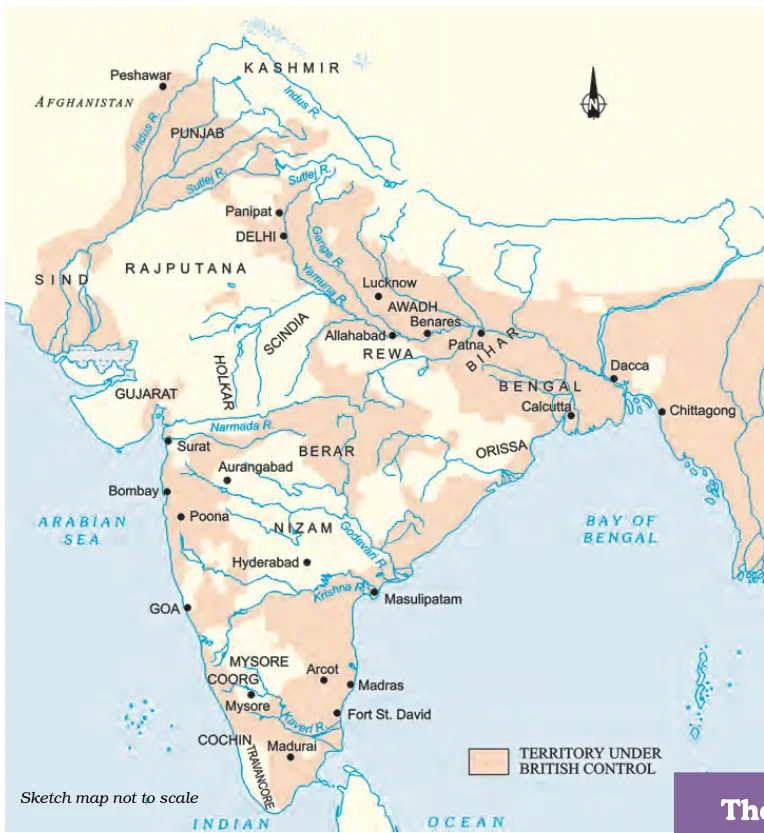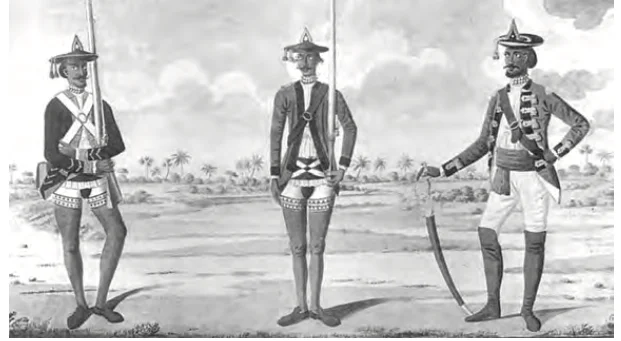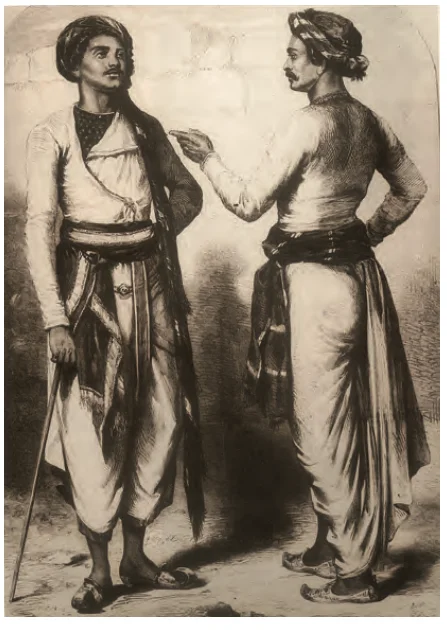![]() 25 Jun 2024
25 Jun 2024
The Revolt of 1857, also known as the Indian Mutiny or First War of Independence, was a significant uprising against British rule in India. Triggered by various grievances including economic exploitation, cultural disrespect, and political annexations, it reflected widespread discontent and aspirations for freedom among Indians.
The Enfield Rifle Controversy: Sepoys in Delhi believed that bullets for the Enfield rifles were coated with cow and pig fat, which would harm their religion and caste.
Delving Beyond Factuality: To grasp the impact of rumors and prophecies in history, one shouldn’t merely assess their accuracy.
Broader Influence: The East India Company’s policies influenced various groups, including kings, queens, peasants, landlords, tribals, and soldiers.
Leadership: Governor General Lord William Bentinck, the British initiated reforms targeting Indian society:

British Annexations: The British also annexed various territories, including Awadh, Jhansi, and Satara, on diverse grounds.
Lord Dalhousie’s Vision (1851): He foresaw the annexation of the kingdom of Awadh.
Public Grief: Lord Dalhousie’s annexations, especially in Awadh, led to significant public unrest. Nawab Wajid Ali Shah’s exile caused immense sorrow.

Disarmament: British policy aimed to reduce the power of the taluqdars, leading to their disarmament and the destruction of their forts.

Relation with White Officers: The once cordial relationship between the sepoys and their superior officers deteriorated in the 1840s. The racial divide deepened, leading to suspicion and mistrust.
Loss of Power: Since the mid-eighteenth century, nawabs and rajas experienced a significant loss of power, authority, and respect.
| Must Read | |
| Current Affairs | Editorial Analysis |
| Upsc Notes | Upsc Blogs |
| NCERT Notes | Free Main Answer Writing |
The 1857 revolt stemmed from a complex interplay of factors. Rumors fueled by anxieties about British policies like social reforms and annexations like Awadh, ignited rebellion. Sepoy discontent and the decline of Indian royalty’s power further fueled the flames. Though crushed, the revolt marked a turning point, sparking nationalist sentiment.
| Related Articles | |
| LORD DALHOUSIE (1848-1856) | 1857 Revolt in India |
| THE ENGLISH IN INDIA | BRITISH POLICY IN INDIA |
<div class="new-fform">
</div>